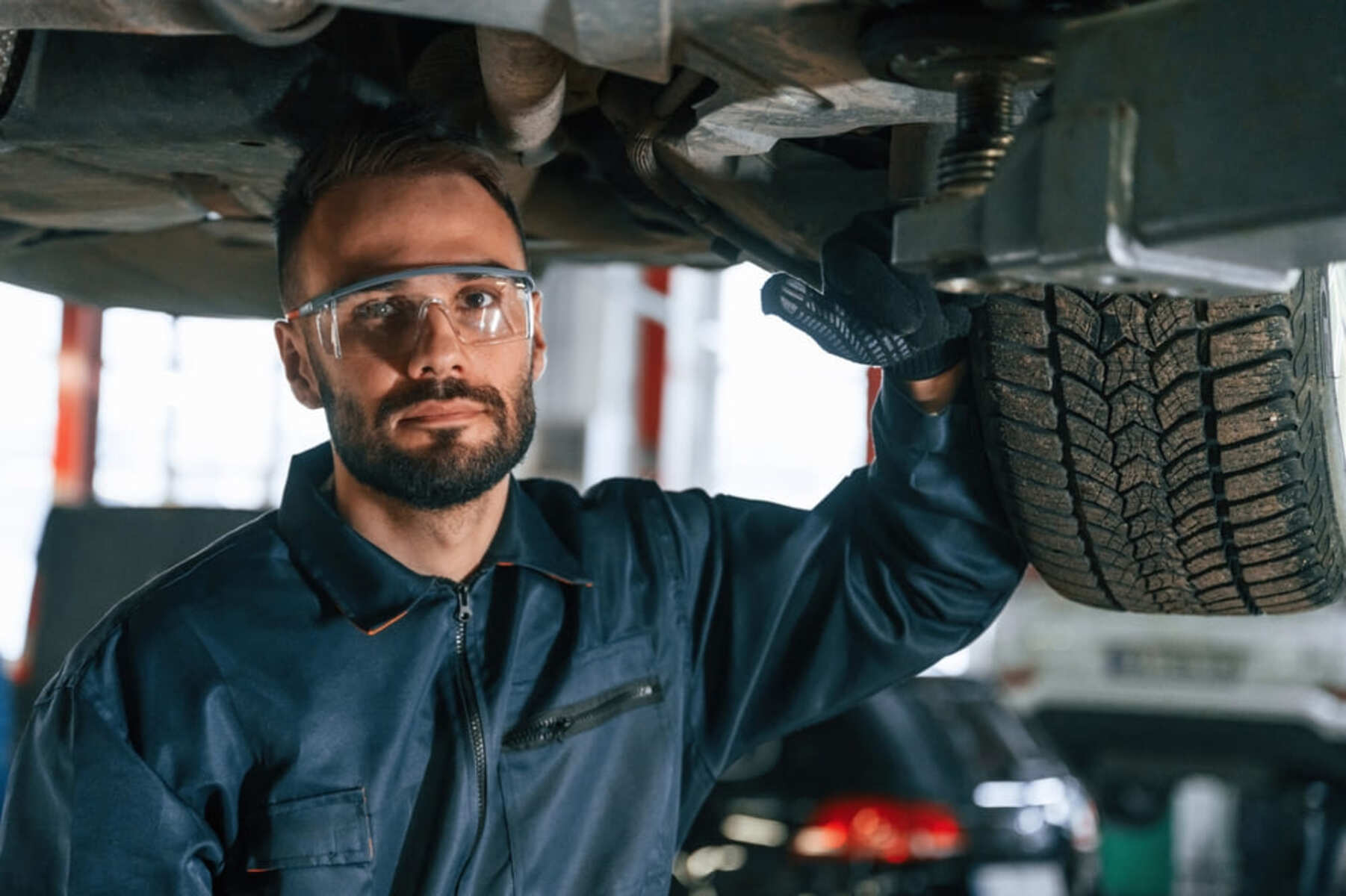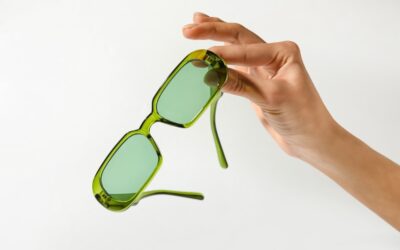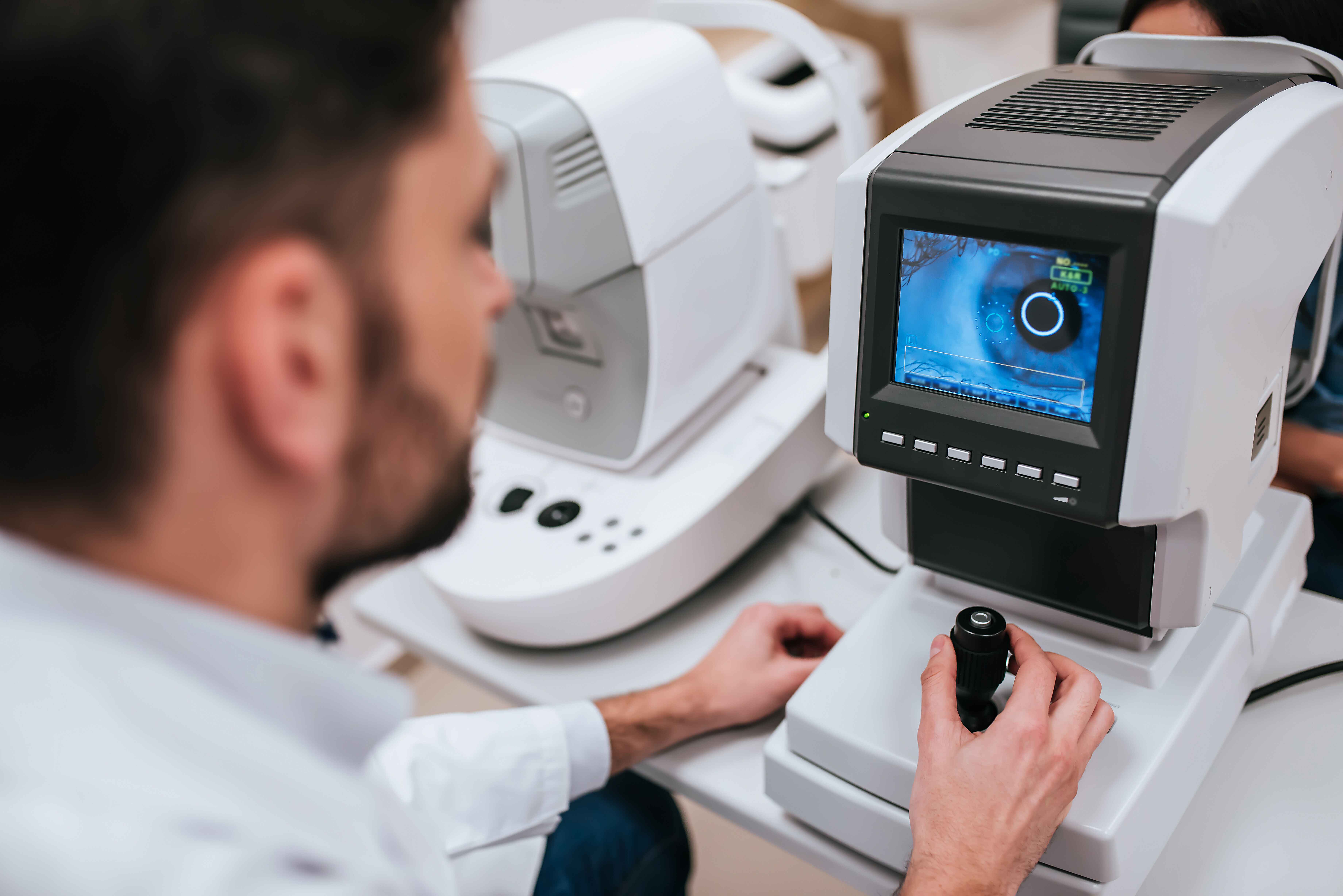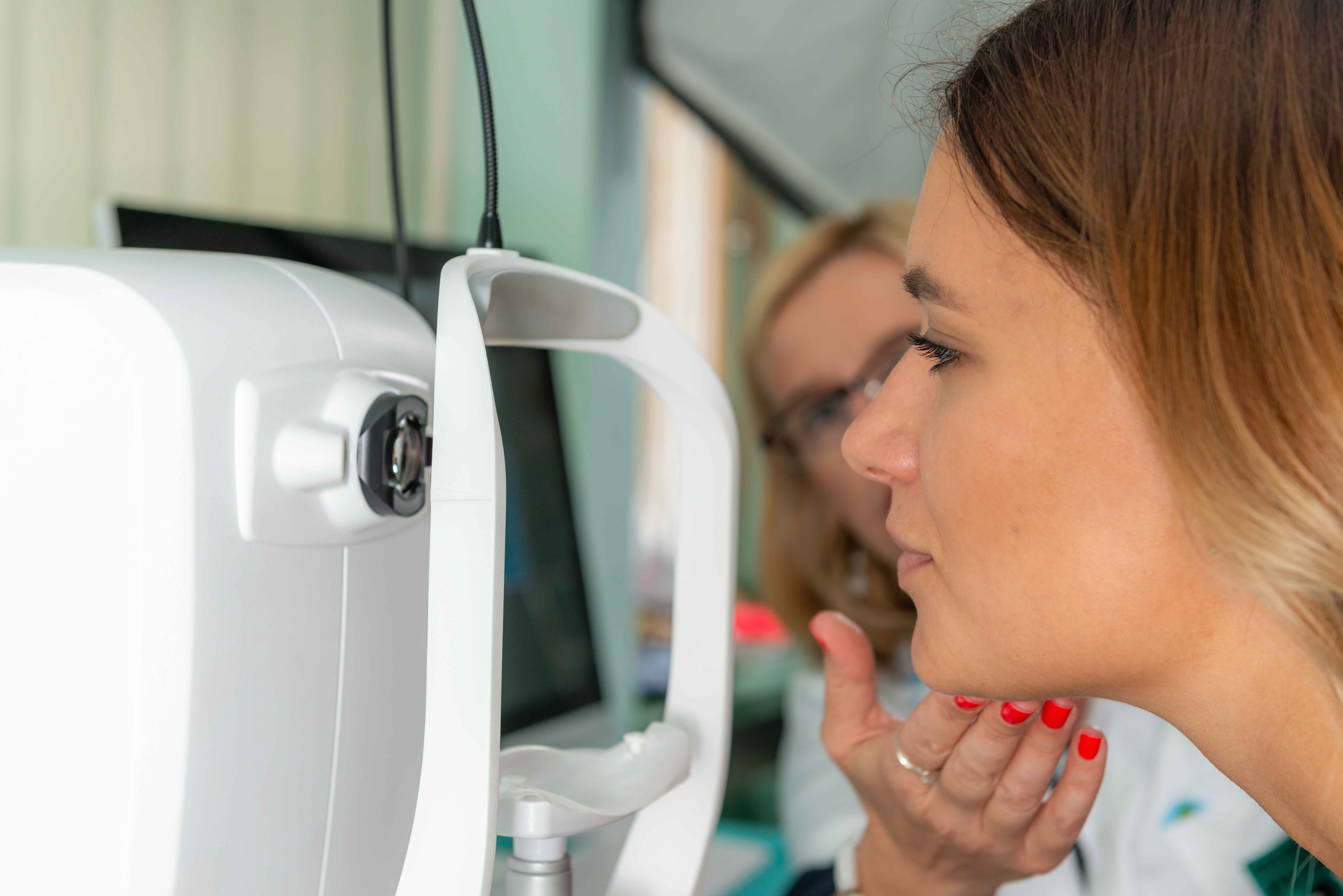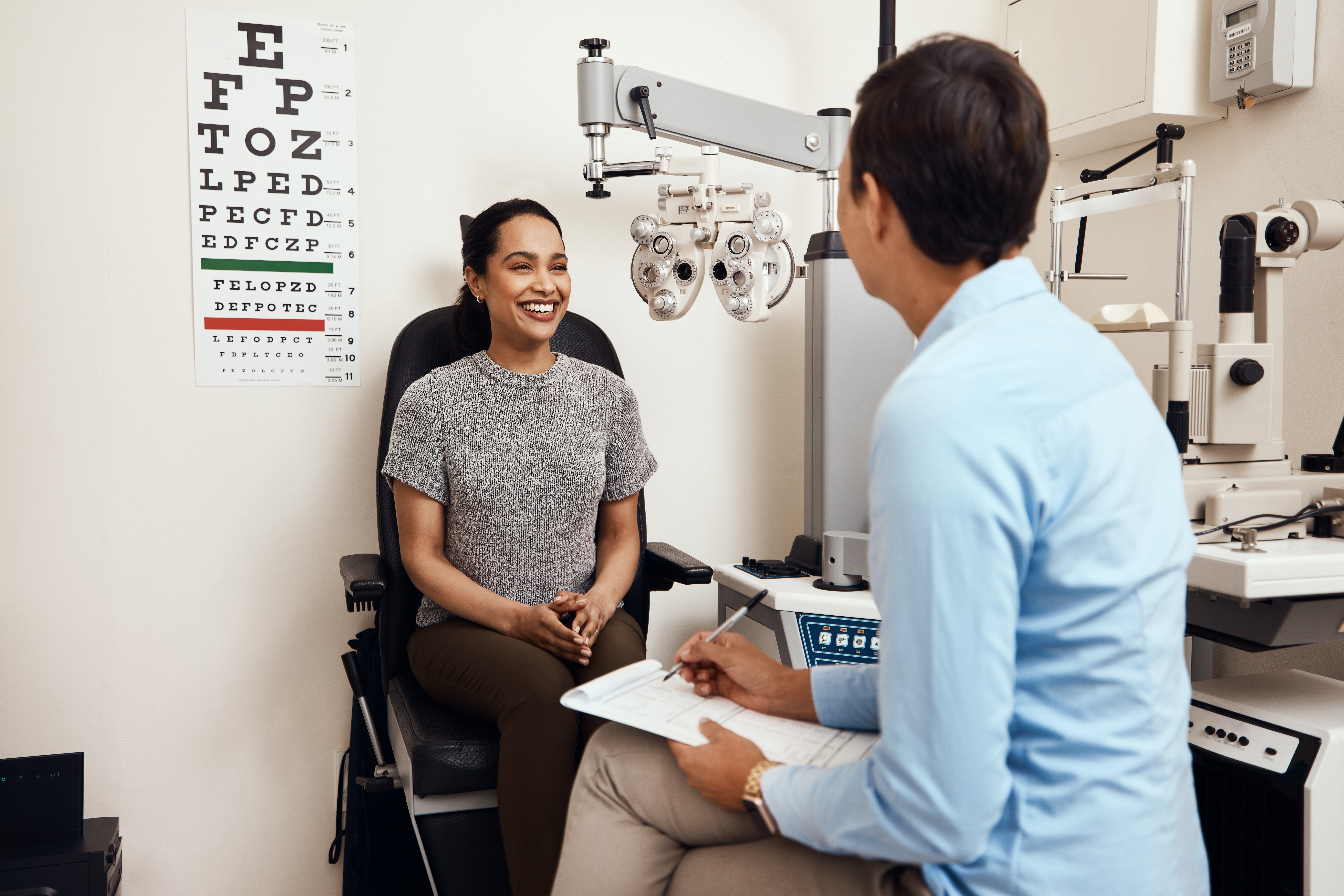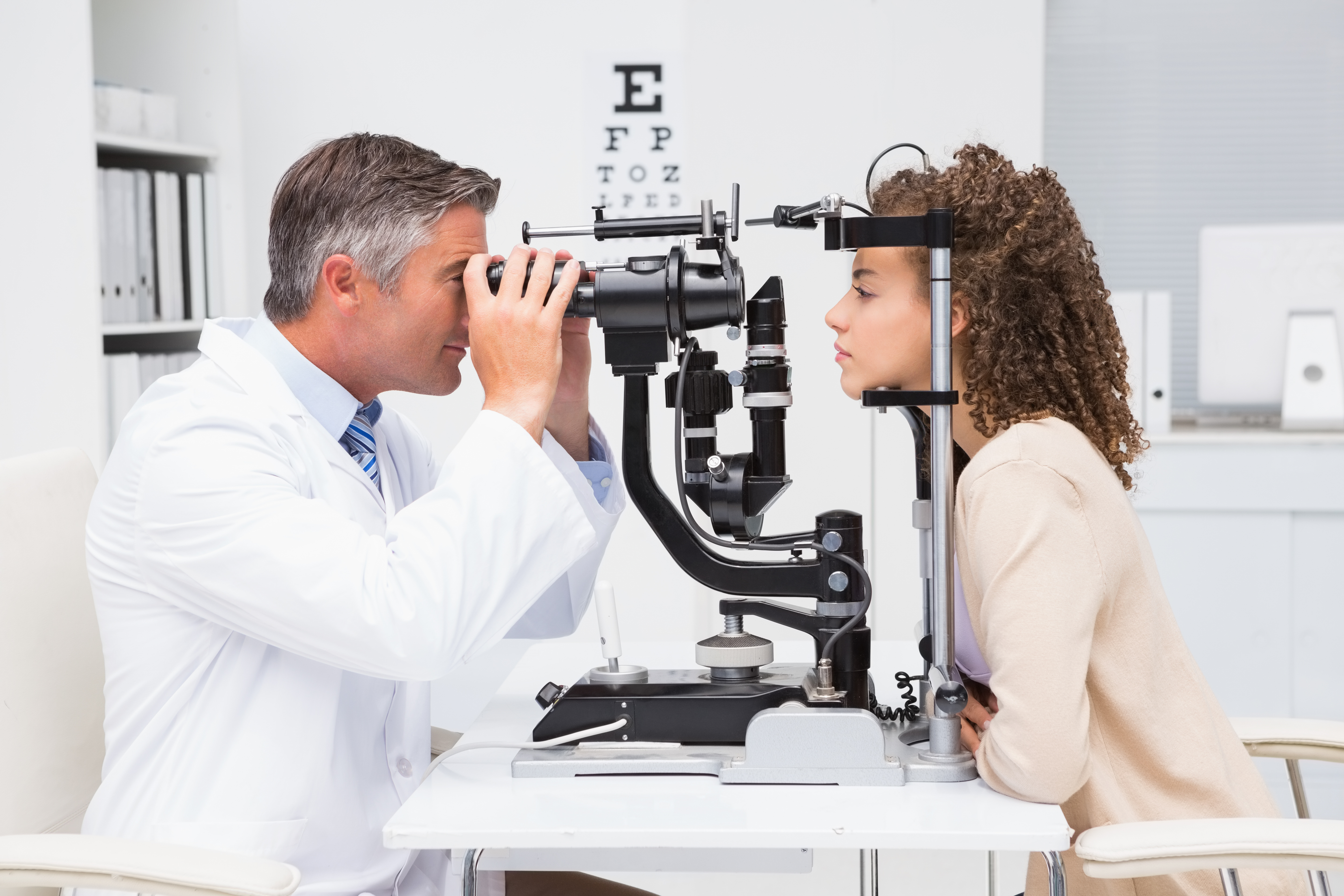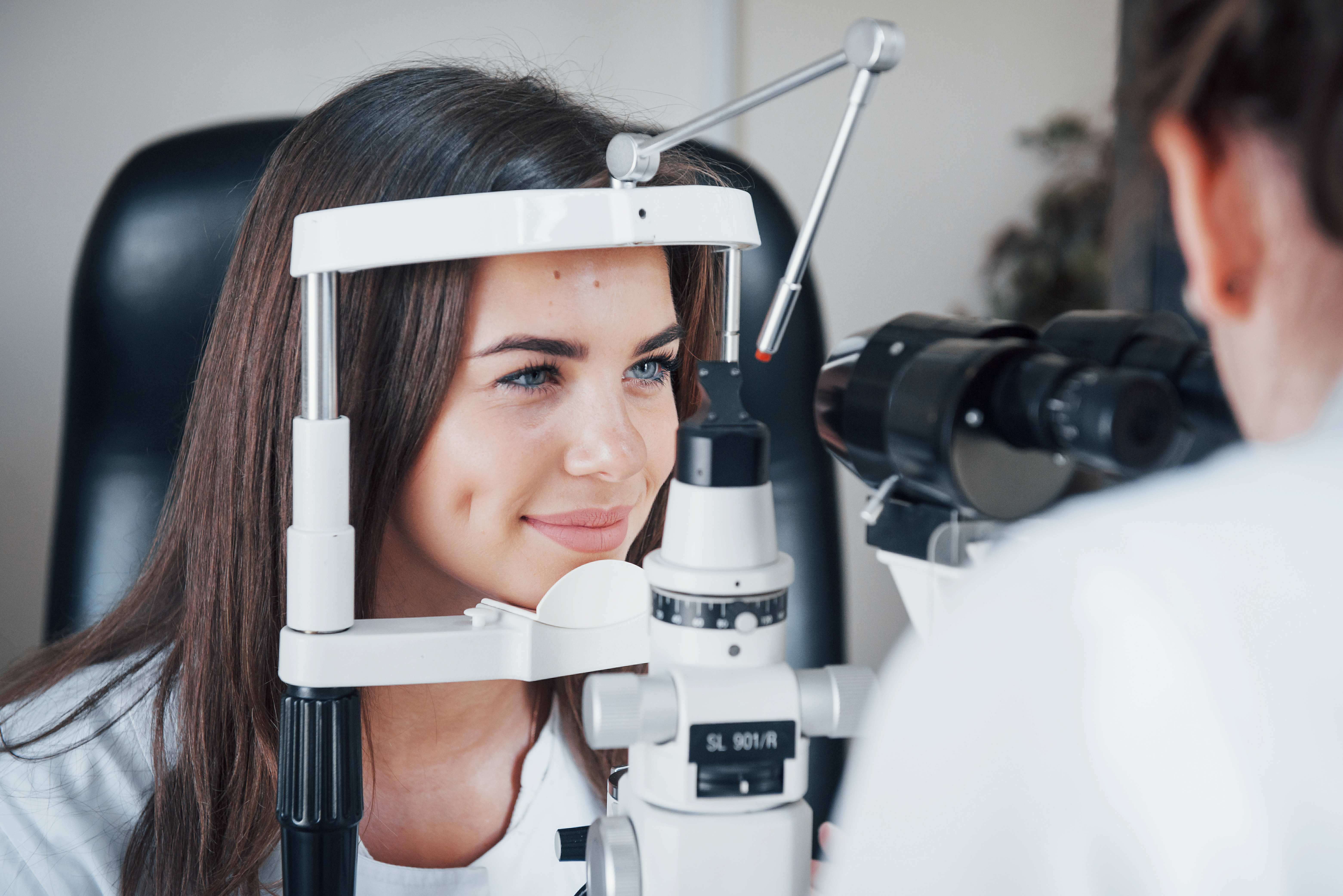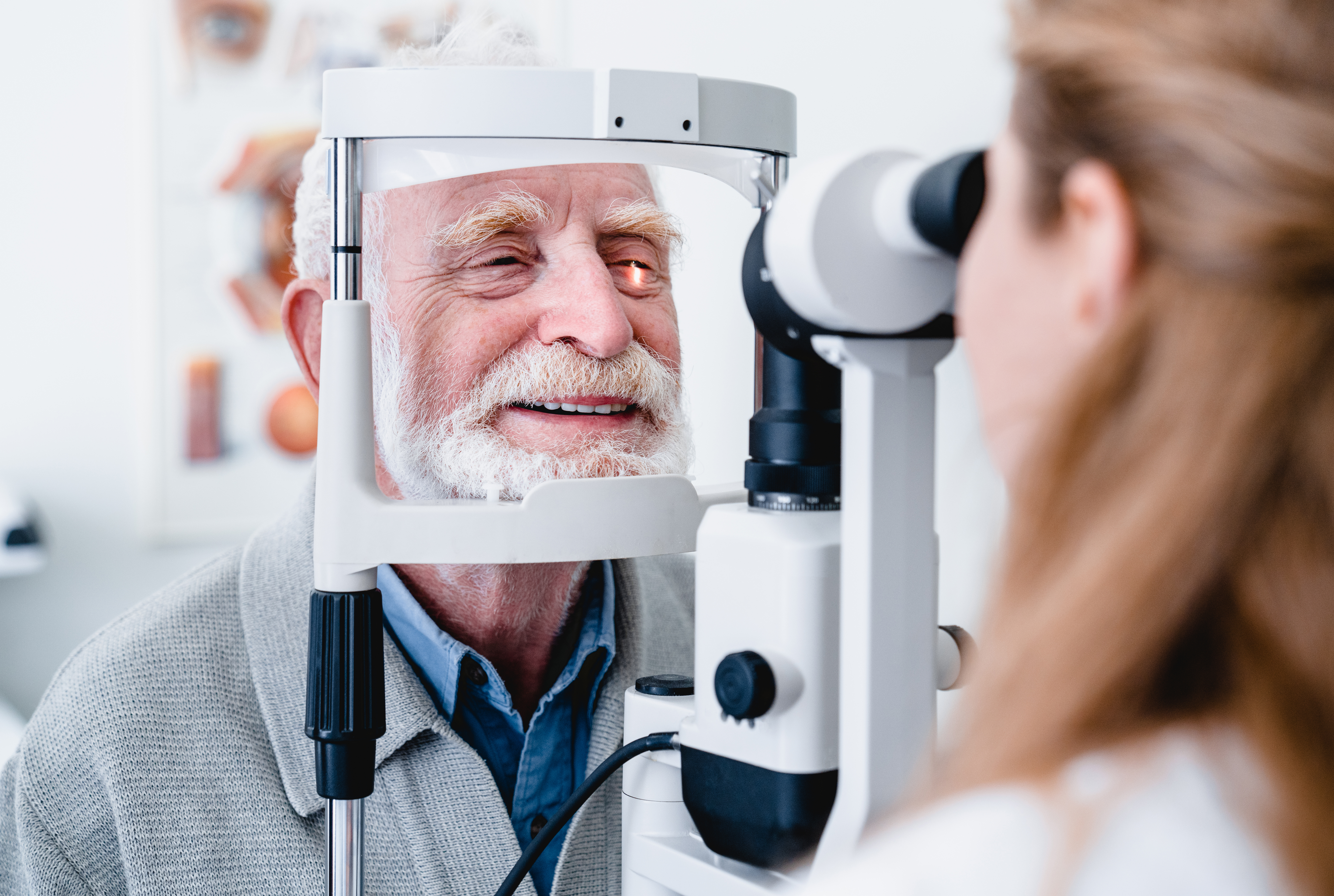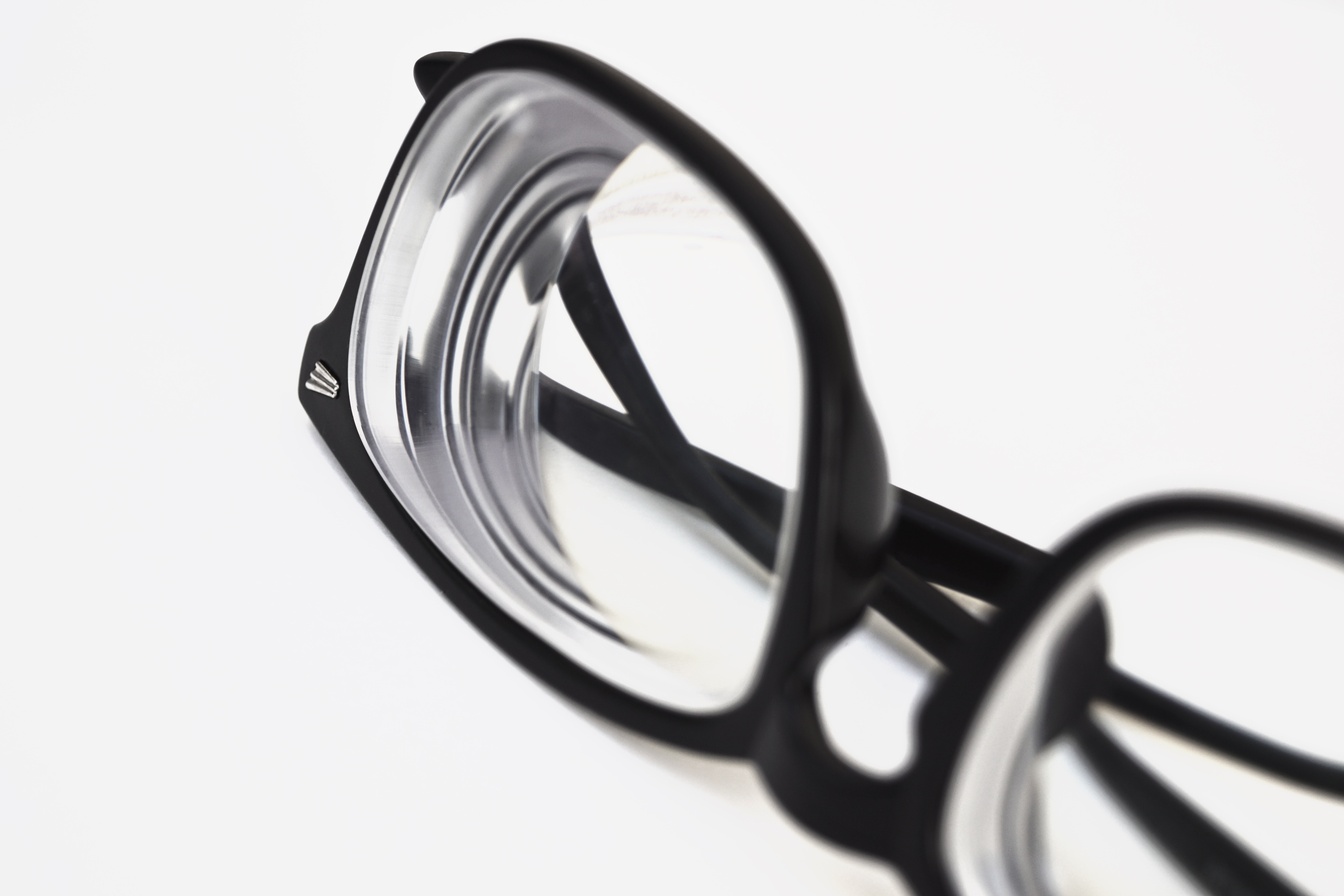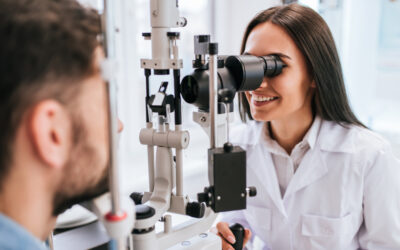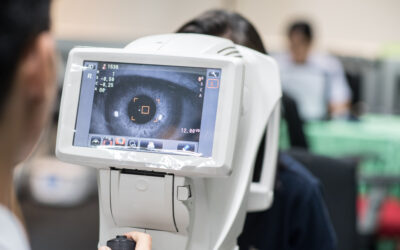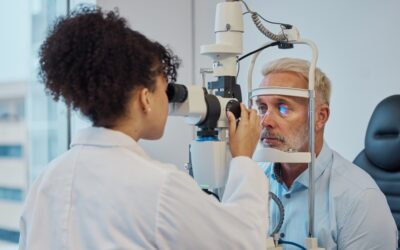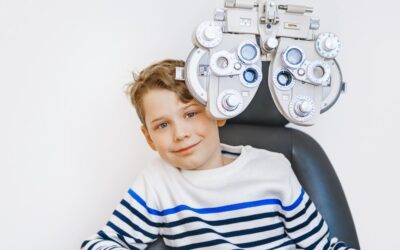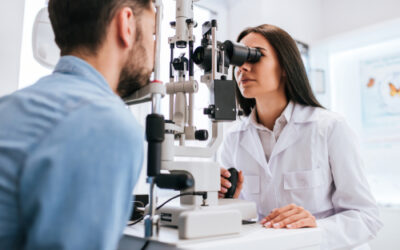Table of Contents
Did you know that protective eyewear can prevent an overwhelming majority of work-related eye injuries?
Wearing impact-resistant lenses can protect employees from a wide range of hazards, including flying particles or metal shards, impact with objects, and chemical burns. Here is why they should be a requirement in certain workplaces.
Impact Resistant Lenses and Eye Safety in the Workplace
An estimated 20,000 eye injuries happen at work each year. The good news is that protective eyewear can prevent 90% of these accidents, making FDA-approved impact-resistant lenses a must-have in industries with risks of impact or exposure to dangerous substances.
Protective eyewear acts as a barrier that stops projectiles from coming into direct contact with the eyes, whether it’s a tool that slipped, a tiny metal shard, or a chemical splatter.
To ensure adequate protection, employees should wear safety glasses with the following features:
- Sturdy frames. Protective eyewear should have a strong frame that won’t break when struck by an object.
- Side protection. Safety glasses should use a wraparound design to protect the eyes from projectiles coming from the sides.
- Scratches and abrasion. Look for durable protective eyewear that can withstand scratches and abrasion. Polycarbonate impact-resistant lenses are a great option.
- Prescription lenses. Employees who suffer from vision refraction errors should wear safety glasses with prescription lenses. High-index lenses with impact resistance can protect the eyes while correcting more serious refraction errors.
As an employer, you should refer to industry standards to identify compliant eyewear. Industries like construction, electrical work, manufacturing, mining, welding, or healthcare have their own requirements.
If your industry doesn’t have specific requirements, you can refer to the ANSI/ISEA Z87.1-2020 or CSA Z94.3-2020 standards to identify suitable eye protection.
The Benefits of Protective Eyewear: Productivity and Cost Savings
Besides being painful and traumatic, an eye injury can be costly. OSHA estimates that vision loss, a consequence of 20% of work-related eye injuries, can result in direct costs that exceed $75,000.
Workers’ comp claims may or may not cover these costs. As an employer, you might face lost employee work time, and employees can experience long-term consequences, such as becoming unable to work or dealing with reduced quality of life due to vision loss.
Requiring employees to wear impact-resistant eyewear is a simple safety measure with significant benefits:
- Protecting employees from eye injuries prevents missed work.
- It promotes a culture of safety and accountability, which can make employees feel more valued.
- Employees know they are safe, so they can focus on their work without worrying about injuries. This gives morale and productivity a boost.
- Enforcing a protective eyewear policy ensures that you follow industry regulations and avoid fines.
- In case of an injury, a documented policy can protect you from liability issues.
Protect Your Team With Access to Vision Care
Eye injuries are easy to prevent, but unless you have a protective eyewear policy and actively enforce it, your employees could be vulnerable.
Providing employees with impact-resistant eyewear or sharing clear guidelines for purchasing compliant glasses will go a long way in protecting eye health and supporting productivity at work.
Requiring protective eyewear is vital to creating a safe and productive environment, but you can go further by offering vision care benefits. Facilitating access to eye health ensures employees can get their refractive errors and other vision issues addressed early. Failing to do so can impact productivity or cause employees to make dangerous mistakes due to poor vision.
Vision Care of Oklahoma offers prepaid vision plans with negotiated savings. These plans help employees access quality care at an affordable price while supporting local optometrists. Find out more about our plans and how they support vision health at work.
